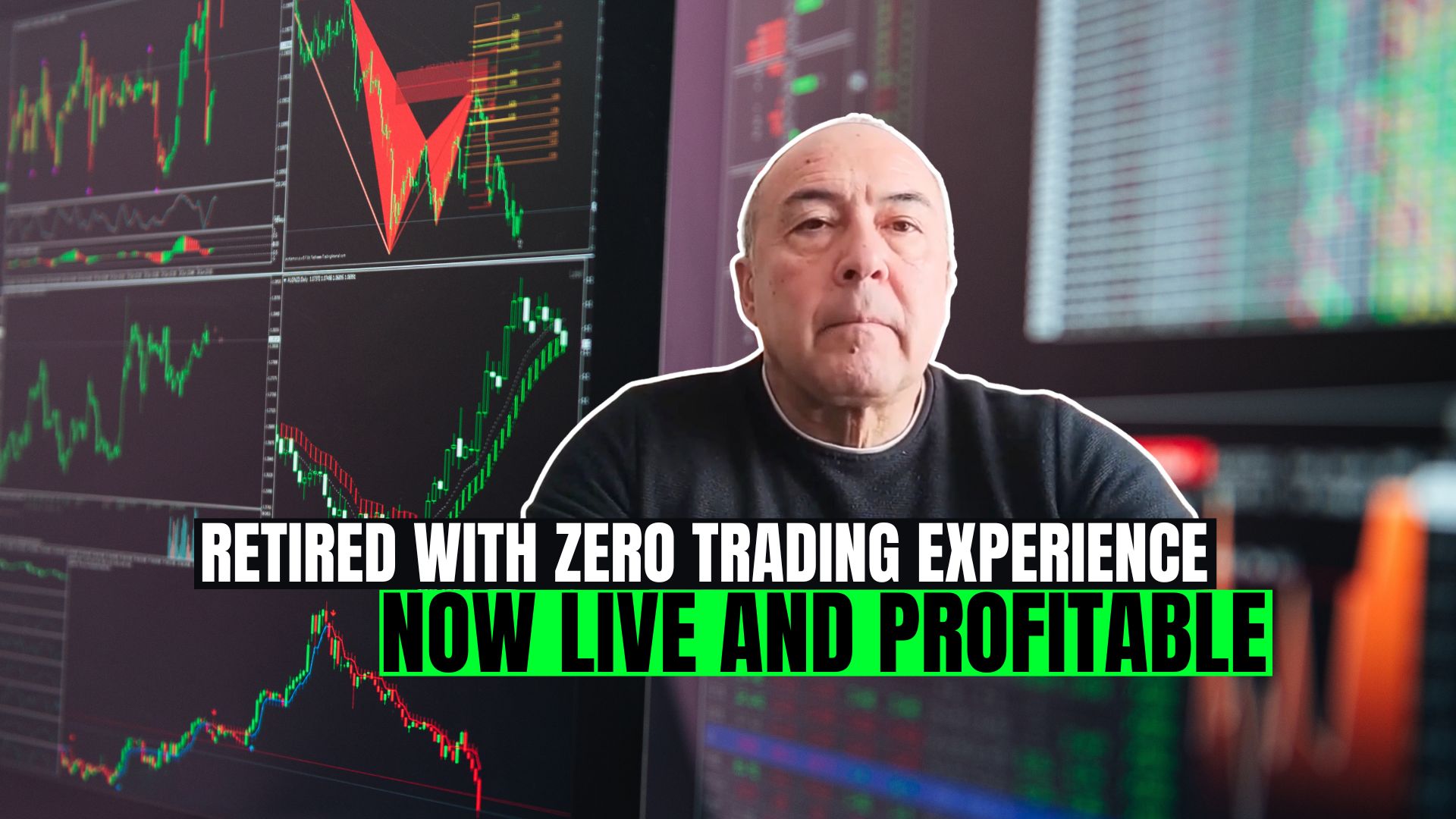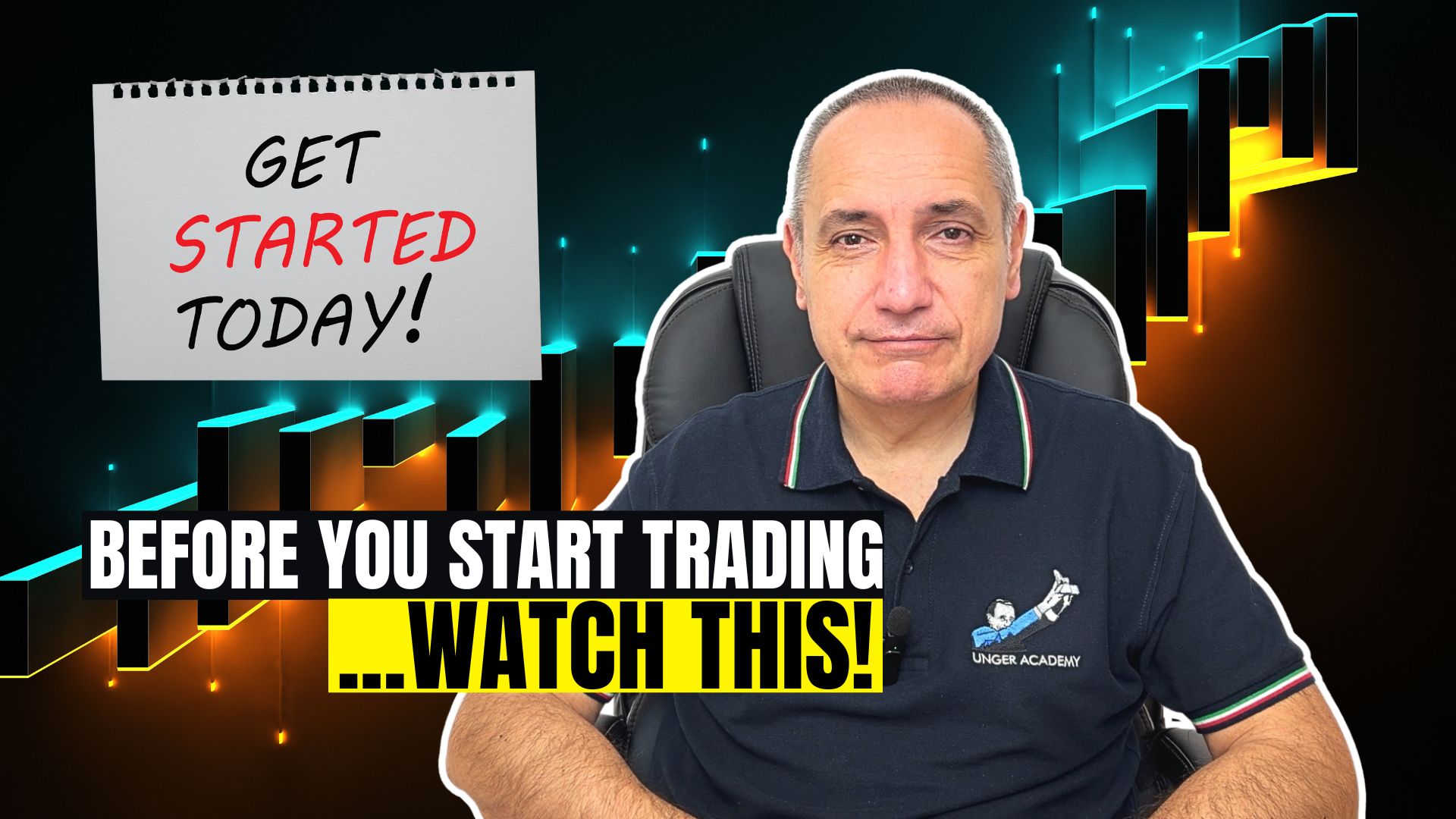Hi guys, I’m Alessandro Ntanos, one of the coaches at the Unger Academy, and today we will discuss a very notorious indicator that some of you may have already used for trading systems or even in discretionary trading, and I’m talking about the Bollinger Bands.
We’ll see some theoretical notions and how these bands are built and which are the signals generated by this indicator. Later, more in detail, we’ll see how to exploit the signals generated by this market and how we can use them to filter our strategies.
Now we can start with our video. But before, do not forget to subscribe to our channel and click on the red bell to be always updated on our new videos.
Theory and history of Bollinger Bands
Bollinger Bands take the name from its creator, John Bollinger, who gave also the name to the indicator. They were created during the ‘80s to answer the question, “are prices high or low on a relative basis, if we compare them with a moving average?”. The indicator was created because, at the time, traders wanted an indicator like this that could consider volatility in its calculations.
Generally, according to the creator himself, Bollinger Bands can be used on every time frame. But in general, we recommend using them in at least a 30-minute time frame. That’s because we want to ignore all those signals that may be generated by the noise of the market. Bollinger Bands can be used on every single financial instrument, from futures to the stocks and forex markets.
Now, let’s move to the indicator itself and have a look at how it is formed. If we plot this indicator on the chart, we see that it is composed of a moving average, in green color, and of two standard deviations on the moving average, in red. Standard deviations are calculated as the second standard deviation, positive and negative. We can say that generally, the indicator is proposed with a 20-period moving average, and the standard deviations are set respectively to 2 and -2. When prices approach these bands, we receive entry signals that may be used both with a reversal and a trend following approach.
Reversal strategy with Bollinger Bands
Now we can open the Power Language editor to have a better look at how our reversal strategy on the Bollinger Bands may be. We can see that we put as inputs the standard parameters of the indicator, so the moving average periods, the standard deviation, the “up standard deviation” and the “down standard deviation”, set respectively to 20 periods, and 2 standard deviations up and minus 2 standard deviations down. We also added a stop loss just because, for this kind of strategies that are reversal, if a trade is in loss – if it’s wrong in a certain sense – it may lose a very large amount of money because before seeing a reversal of the position we may wait too long, and so we added also this kind of inputs. The stop loss will be calculated on the average true range, and that’s because we want to develop, I mean, reverting strategies on a very varied basket of futures, and so we need a somehow normalized stop loss for every instrument.
We added also some variables. We can see them here, in particular the upper band, the lower band, of course the Average True Range, and I also added two variables, OkLong and OkShort. We need just these variables to limit, in a certain sense, the number of trades during the same session. Then we can see that here we calculate, with the function of the Bollinger Bands, the upper band and the lower band, and we also assign a value to the ATR variable. And here we can see the main conditions, the main entry conditions of the strategy. We can see that if the strategy has not entered long during this session and the close closes over the lower band, this is the buy signal for the strategy. And vice versa, on the short side, we will wait for a close under the upper band, this time to sell short at the very next bar. Then, we have a condition that we use to close a position on the very last bar of the chart, and that’s because the MultiCharts Optimization Report doesn’t consider the P&L of open trades, and so it may differ from the report. Of course, this is just a refinement and nothing more. And, at the very last line of this script, we have the stop loss condition that, as we said, is calculated on the Average True Range, which is an indicator that, as we know, calculates the volatility of the last bar.
Test on a Futures basket
Okay, now let’s go and see how the strategy would have performed on this basket. We are using the Portfolio Trader of MultiCharts, which is a useful tool for this kind of calculation. As we can see here, a test will be conducted on this basket. We have the Crude Oil future; the S&P 500 future; another equity index, this time in Europe, the DAX; the Gold market, which is part of the metal sector; the Live Cattle, which has nothing to do with the previous one; Soybeans; the US Treasury Bond; and lastly, the Wheat. We have inserted the script that we have already developed and we will start our test from the 1st of January 2010 to the 1st of January 2020 with an initial capital of $1,000,000. That’s because we want to evaluate the performances of the indicator regardless of the starting capital, and because we also have a big portfolio with a big future so we need money to trade.
So, let’s start our backtest. It will take a little longer because, of course, we have here many instruments, many different instruments. Let’s wait just a moment. It takes quite a long time! Okay, here we go! We are seeing now the equity curve analysis, and we can see that at a first look, the strategy is performing really well, the equity line shape is very nice, and also the last part of the equity curve is really performing. But not all that glitters is gold because as we open the total trade statistics, we can see that the strategy made 21,650 trades, that is a very big number, and more importantly, the average trade is so low that if I traded with slippage and commission costs considered, the equity shape would have been very different because we can see that the average trade is around $16 and, generally speaking, the slippage costs of one of these futures may go from $15 to $20-30 per trade. So it’s clear that if we subtract this amount from the actual average trade, we end up with a $0 average trade or something similar.
So, after this test, we have to face reality and understand that this indicator, at the moment, cannot be used in live trading because the average trade is too low and it may be erased by commissions and slippage when turning this strategy on.
Results with Unger Method filters
Now, let’s see what happens if we add a pattern taken from the Unger Method list, which may be used to filter both the long and short sides. Now we have a very big number of trades, we need to cut this number and increase the trade quality. We can see from the optimization report that case number 152, which is the “always true” pattern, so does not filter any trade… We can see that we have, again, 21,650 trades here with over $350,000 gained, with a drawdown of around $80,000. We can see that some patterns are effectively filtering the strategy. For example, pattern number 148 or pattern 62, which defines a session in which the trend has not started yet, so during the day, prices are still flat, we can say, and with this pattern we can see that the strategy is filtering over 6,000 trades of the previous 21,000, with an increased profit of $70,000 and also an increase in the drawdown, but just a very little increase. Also, the average trade has almost doubled because it is now near $30 per trade, so it almost doubled compared to the previous report with just one single pattern added.
Of course, I’d like to say that this is just a starting idea, and that also now, with the pattern filter added, the average trade needs some more boost, some other conditions that may increase it before considering this strategy ready for live trading.
Conclusion
Okay guys, I hope you enjoyed this video, and I gave you a good insight for your trading systems. I remind you to subscribe to our channel and click on the red bell to be always updated on the new content. Under this video, you will find also a direct link to one of our webinars in which you can find all the necessary steps to develop your own strategies and build your diversified portfolio. Thank you for your attention, and I invite you to continue following us also in the next video.
See you guys.







